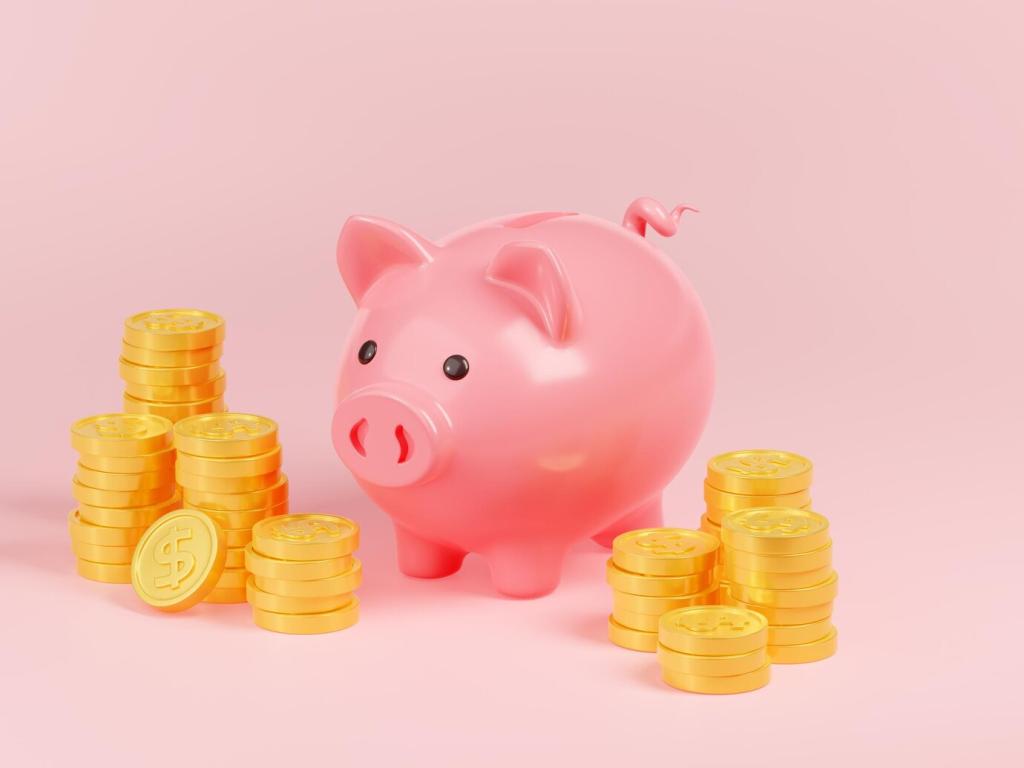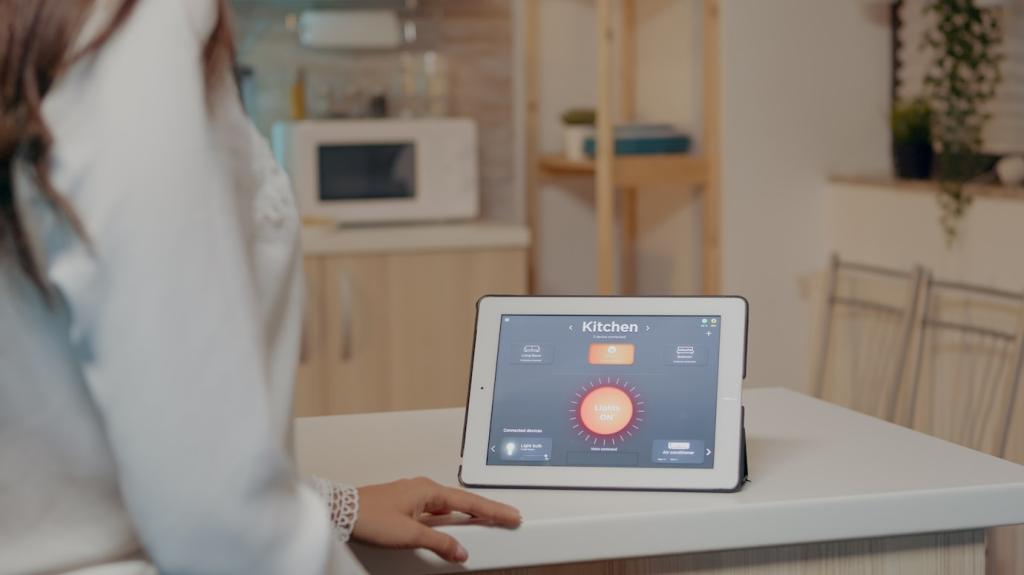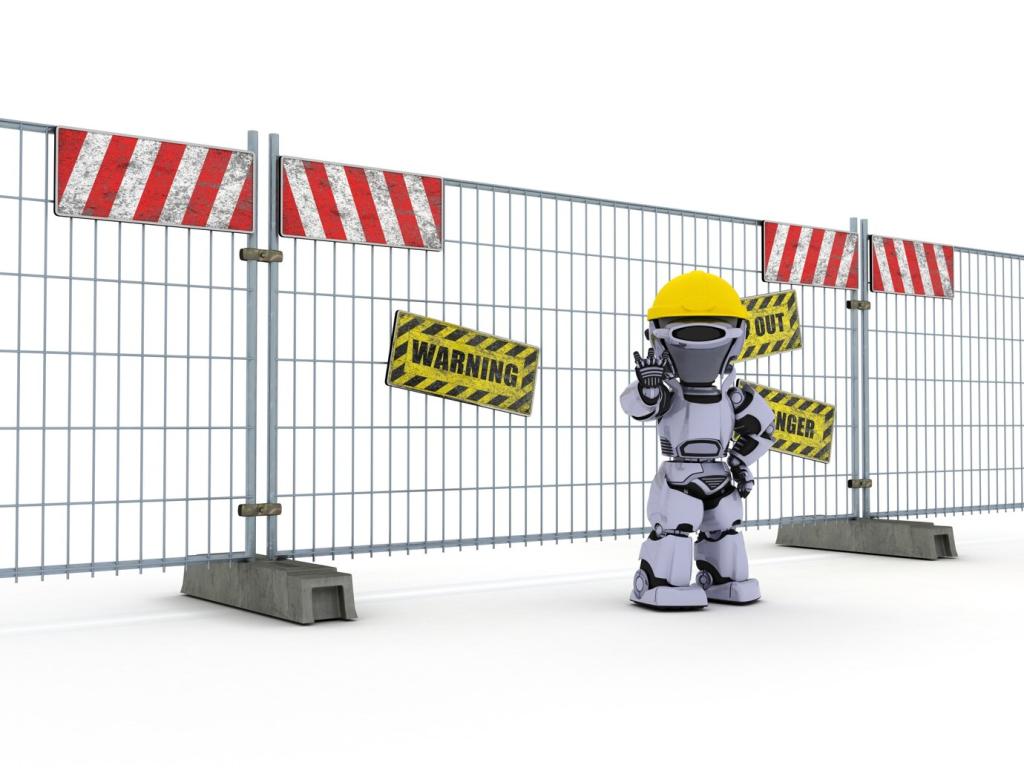Chosen theme: The Importance of Emergency Funds in Financial Planning. Think of an emergency fund as your financial parachute—rarely needed, absolutely essential. Today we’ll explore how this quiet safety net steadies your budget, protects your goals, and gives you the confidence to make better choices. Share your own emergency-fund wins or worries in the comments, and subscribe for weekly encouragement to keep building your cushion.



How Much to Save: Finding Your Personal Target
Classic Benchmarks You Can Trust
Aim for three to six months of essential expenses if your job is stable. If your income fluctuates or you’re self-employed, consider six to nine months to smooth the bumps and keep your household steady during lean stretches.


Customize for Real Life and Real Risks
Think dependents, healthcare access, insurance deductibles, and the age of your car or appliances. Bigger potential surprises justify a larger cushion, while strong insurance and reliable employment might let you target the lower end.
Where to Keep Your Emergency Fund
Online high-yield savings accounts usually offer competitive interest and quick transfers. Keep the money separate from everyday spending to reduce temptation, but accessible enough to act fast when a real emergency hits.
Where to Keep Your Emergency Fund
Avoid tying emergency cash to volatile assets or long lockups. A slightly lower yield is worth the certainty that your money will be there the day the fridge dies or the vet calls with an unexpected bill.

Automate for Effortless Progress
Set a recurring transfer on payday, even if it’s small. Automations remove decision fatigue, and the habit matters more than the initial size. Increase the transfer every quarter or with each raise you earn.
Redirect Found Money
Tax refunds, annual bonuses, and side-hustle bursts are perfect boosters. Funnel a set percentage straight into your fund before lifestyle creep can claim it. Celebrate each deposit and share your win with our community.
Make It a Game You Can Win
Try no-spend weekends, round-up savings, or swap one weekly treat for a transfer. Track streaks visibly. Join our monthly emergency-fund challenge and post your progress so others can learn and stay motivated too.
When to Use It—and How to Rebuild After
01
Think urgent, necessary, and unplanned: medical bills, job loss, essential repairs, or critical travel. If it protects health, income, or safety, the fund is doing exactly what it was built to do.
02
In a crisis, triage expenses and document what you withdraw. If possible, negotiate bills, explore payment plans, and apply insurance benefits first. Then draw only what’s necessary to bridge the gap confidently.
03
After using the fund, temporarily boost contributions. Redirect discretionary spending or pause extra debt payments for a few weeks. Share your reset plan in the comments to get accountability and encouragement.
The Emotional Edge: Stories From the Safety Net
Readers often tell us the first $1,000 changed how they felt about money. Anxiety eased, decisions slowed down, and small mishaps no longer triggered panic or arguments at home when bills arrived unexpectedly.


Blurring the Lines With Daily Spending
If your emergency money shares a home with checking, it will quietly disappear. Use a separate account, title it clearly, and remove the debit card to add a little friction before you tap it.

Replacing Cash With Credit Limits
Credit can bridge timing, but it is not a plan. Limits can be cut, and interest is relentless. A cash buffer stays reliable in volatile markets and unpredictable job situations when you need certainty most.

Forgetting About Inflation and Yield
Review your rate a few times a year and switch to competitive accounts as needed. You can’t eliminate inflation, but a decent yield helps your fund hold the line while staying fully available for emergencies.
